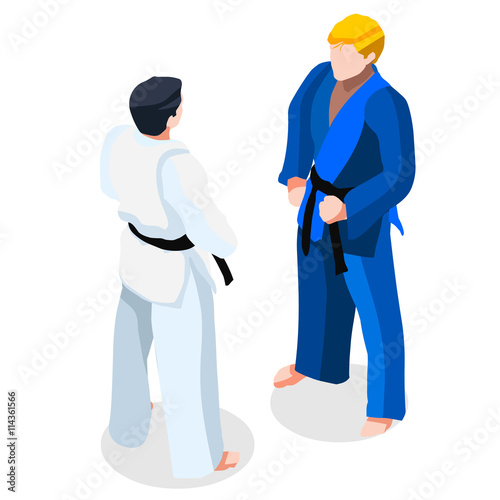Trick Distinctions In Between Typical Martial Arts And Modern Battle Sports: An In-Depth Analysis
Trick Distinctions In Between Typical Martial Arts And Modern Battle Sports: An In-Depth Analysis
Blog Article
Content Develop By-Camp Snedker
When you think of martial arts, do you lean more towards the conventional methods or the modern-day fight sports? Each course supplies special benefits and experiences, shaped by their approaches and training techniques. Traditional martial arts highlight individual growth and self-control, while modern fight sporting activities focus on competition and efficiency. Comprehending preschool martial arts can assist you in picking the best method for your trip. Yet just how do https://martial-arts-instructor-k19626.blogadvize.com/43207198/get-an-edge-in-your-martial-arts-training-with-necessary-nourishment-and-fitness-ideas-that-will-take-your-efficiency-to-the-next-level manifest in training and philosophy?
The Approach and History Behind Typical Martial arts
While many people associate martial arts with physical battle, the approach and history behind conventional martial arts run much deeper. You'll locate that these techniques stress individual development, discipline, and respect.
Originating from old practices, standard martial arts were typically developed for Self-Defense and spiritual growth. They personify concepts such as equilibrium, consistency, and self-control, leading professionals beyond plain fighting skills.
As you train, you'll not only discover strategies but likewise acquire understandings right into the culture and worths that formed these arts. The routines and traditions, commonly passed down with generations, cultivate a sense of neighborhood and belonging.
The Affordable Nature of Modern Battle Sports
Modern battle sports have changed the landscape of martial arts into an extremely affordable sector, where professional athletes challenge in a test of skill, approach, and endurance.
You'll discover that competitors are typically arranged with strict rules and policies, guaranteeing fair game and security. These events draw in huge target markets, fueling the excitement and strength of matches.
Professional athletes educate carefully, not just for physical expertise but additionally for psychological sturdiness, knowing that every detail counts in the ring. The adrenaline rush during competitions is palpable, as boxers press their restrictions to assert success.
Followers value the athleticism and virtuosity entailed, making contemporary combat sports a thrilling phenomenon that continues to develop and astound lovers around the globe.
Training Techniques and Strategies: A Relative Analysis
The competitive environment of modern fight sporting activities demands cutting-edge training techniques that vary considerably from standard martial arts.
In modern-day training, you'll concentrate on certain techniques, competing, and conditioning, commonly using drills that replicate real fight scenarios. You'll see a focus on quantifiable performance and constant competition to evaluate your abilities.
On the other hand, traditional martial arts prioritize kinds, katas, and philosophical mentors, often emphasizing technique and respect over competition.
Training is usually less intense and may include repetitive method instead of real-time sparring.
While both techniques build skill and fitness, modern combat sports offer a more dynamic and versatile training setting, preparing you for prompt obstacles in the ring or cage.
Choose the path that lines up with your objectives and passions.
Verdict
In picking in between traditional martial arts and modern-day fight sports, it actually boils down to what you value the majority of. If you're searching for individual growth, self-control, and a sense of community, typical arts might be your best fit. Yet if you grow on competitors and real-time challenges, modern-day battle sports could be the means to go. Ultimately, both courses provide one-of-a-kind advantages, so it's everything about aligning your training with your personal objectives and interests.
